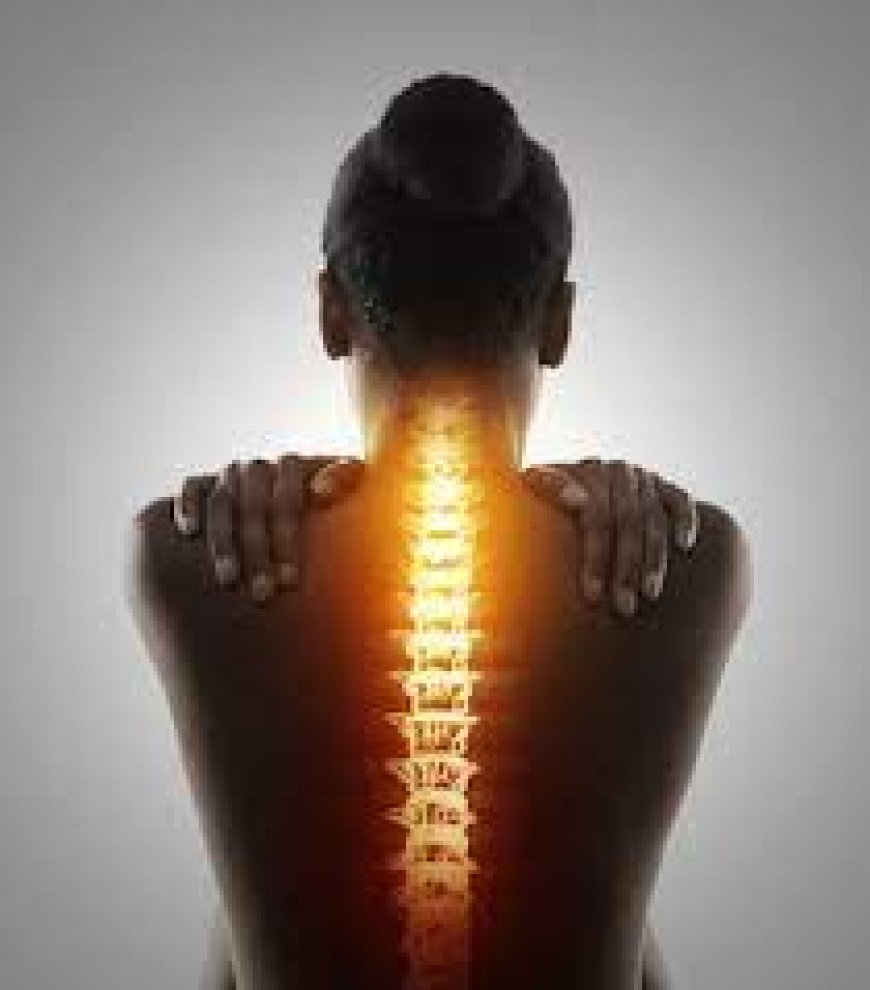Exploring Alternative Therapies for Chronic Back Pain
Chronic back pain is a pervasive condition affecting millions of people worldwide. Traditional medical treatments such as medication and surgery often fall short, leading individuals to seek alternative therapies. In this comprehensive guide, we explore various alternative treatments that offer hope and relief to those suffering from chronic back pain.
Understanding Chronic Back Pain
Chronic back pain is defined as pain that persists for 12 weeks or longer, even after an initial injury or underlying cause of acute low back pain has been treated. It can range from a dull, constant ache to a sudden, sharp pain that makes movement difficult. The causes are multifaceted, including poor posture, muscle or ligament strain, bulging or ruptured disks, arthritis, osteoporosis, and more.
The Limitations of Conventional Treatments
Traditional approaches to managing chronic back pain include medications, physical therapy, and, in severe cases, surgery. While these methods can provide relief, they often come with significant drawbacks. Medications can lead to dependency and side effects, physical therapy requires a long-term commitment, and surgery carries risks and does not always guarantee success. Hence, the exploration of alternative therapies becomes crucial.
Acupuncture: Ancient Wisdom for Modern Pain Relief
Acupuncture, an ancient Chinese therapy, involves inserting thin needles into specific points on the body. This practice is believed to stimulate the body's natural healing processes and enhance pain relief.
How Acupuncture Works
The theory behind acupuncture is that it balances the flow of energy or life force, known as Qi or Chi, through pathways in the body called meridians. By inserting needles at specific points along these meridians, acupuncture practitioners aim to unblock energy flow and alleviate pain.
Scientific Evidence
Numerous studies have shown that acupuncture can be effective for chronic back pain. Research indicates that acupuncture triggers the release of endorphins, the body's natural painkillers, and may also affect the nervous system, reducing pain perception.
Chiropractic Care: Aligning the Spine for Better Health
Chiropractic care focuses on diagnosing and treating mechanical disorders of the musculoskeletal system, particularly the spine. Chiropractors use hands-on spinal manipulation and other alternative treatments to enable the body to heal itself without surgery or medication.
Spinal Manipulation Techniques
Chiropractic adjustments involve applying controlled force to a joint of the spine, which can result in improved spinal motion and physical function. Techniques vary, including high-velocity thrusts and slower, controlled movements.
Benefits of Chiropractic Care
Many patients report significant pain relief and improved mobility following chiropractic treatment. It is particularly effective for acute back pain, which may benefit from spinal adjustments that reduce nerve irritability.
Massage Therapy: Easing Pain Through Touch
Massage therapy involves manipulating the body's soft tissues to reduce pain, improve circulation, and promote relaxation. This therapy can be particularly beneficial for those with chronic back pain.
Types of Massage for Back Pain
- Swedish Massage: A gentle, relaxing massage that uses long strokes, kneading, and circular movements on the topmost layers of muscles.
- Deep Tissue Massage: Targets the deeper layers of muscle and connective tissue. It is especially helpful for chronic aches and pain in areas such as the lower back.
- Trigger Point Massage: Focuses on specific tight spots within muscle tissue that cause pain in other parts of the body.
Effectiveness and Benefits
Massage therapy can help alleviate muscle tension, improve blood flow, and induce relaxation, which can collectively reduce back pain. It also promotes the release of endorphins, enhancing the body’s natural pain relief mechanisms.
Yoga and Pilates: Strengthening and Flexibility
Both yoga and Pilates are low-impact exercises that can significantly benefit individuals with chronic back pain by improving strength, flexibility, and posture.
Yoga for Back Pain
Yoga combines physical postures, breathing exercises, and meditation. Specific yoga poses can strengthen the back muscles, enhance flexibility, and reduce stress, which can contribute to pain relief.
Pilates for Back Pain
Pilates focuses on strengthening the core muscles, including the abdominals, lower back, hips, and buttocks. A strong core supports the spine and can reduce pain. Pilates exercises also improve posture and balance.
Herbal Remedies and Supplements
Herbal remedies and dietary supplements offer another avenue for managing chronic back pain. While not a replacement for conventional treatments, they can complement other therapies.
Popular Herbal Remedies
- Turmeric: Contains curcumin, which has anti-inflammatory properties that can help reduce back pain.
- Willow Bark: Acts similarly to aspirin and is effective for pain relief.
- Devil’s Claw: Known for its anti-inflammatory and pain-relieving effects.
Supplements for Back Pain
- Omega-3 Fatty Acids: Found in fish oil, these can reduce inflammation.
- Glucosamine and Chondroitin: Often used to treat osteoarthritis, these supplements may also help with back pain by supporting cartilage health.
Mind-Body Techniques: Harnessing the Power of the Mind
Mind-body techniques emphasize the connection between mental and physical health, providing another layer of support for chronic back pain sufferers.
Meditation and Mindfulness
Practices such as meditation and mindfulness can reduce stress and pain perception. By focusing on the present moment and promoting relaxation, these techniques help individuals manage their pain more effectively.
Biofeedback
Biofeedback teaches individuals to control physiological functions such as heart rate and muscle tension. By becoming more aware of these processes, patients can learn to reduce pain and improve their quality of life.
Conclusion
Chronic back pain is a complex condition that often requires a multifaceted approach to treatment. While conventional medical treatments have their place, alternative therapies offer valuable options for those seeking relief. From acupuncture and chiropractic care to massage therapy, yoga, and herbal remedies, these alternative treatments can play a crucial role in managing chronic back pain. Exploring and integrating these therapies can lead to improved outcomes and a better quality of life for many sufferers.
What's Your Reaction?























